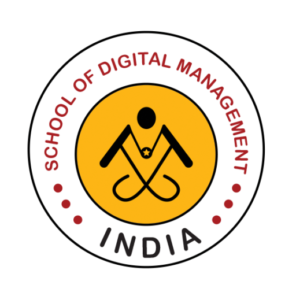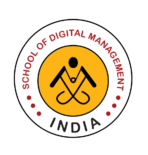What Is Technical SEO?
What Is Technical SEO?
Technical SEO refers to the process of optimizing the infrastructure of a website so that search engines can crawl and index it more effectively. The ultimate goal is to improve organic rankings. Unlike on-page SEO, which focuses on optimizing content and HTML source code, and off-page SEO, which involves activities outside the scope of the website, such as link building and social media marketing, technical SEO is all about the technical aspects of a website that affect its visibility in search engines.
Key components of technical SEO include:
1. Site Speed: Enhancing the loading time of pages to improve user experience and reduce bounce rates.
2. Mobile-Friendliness: Ensuring the website is responsive and provides a good user experience on mobile devices.
3. Secure Sockets Layer (SSL): Implementing SSL to secure the connection between the web server and the browser, signified by “https://” and a padlock icon in the address bar.
4. Crawlability: Making sure search engine bots can easily crawl the website by optimizing the robots.txt file and site structure.
5. Indexability: Ensuring that search engines can not only crawl but also index the website’s pages.
6. Site Architecture: Structuring a website logically with a clear hierarchy and internal linking to help search engines understand the relationship between different pages.
7. XML Sitemaps: Creating and submitting XML sitemaps to search engines to help them discover all the website’s pages.
8. Structured Data Markup: Using schema.org markup to provide search engines with additional information about content, which can enhance search visibility and click-through rates.
9. URL Structure: Developing URL structures that are simple and user-friendly for both search engines and users.
10. 404 Pages and Redirects: Properly managing 404 errors and implementing 301 redirects to guide users and search engines to the correct pages.
11. Duplicate Content: Identifying and resolving any issues with duplicate content that might confuse search engines.
12. International Targeting: Using hreflang tags and other methods to target content to users in different languages or regions, if applicable.
13. Page Experience Signals: Optimizing for Google’s Page Experience factors, which include Core Web Vitals — a set of metrics that measure real-world user experience for loading performance, interactivity, and visual stability of the page.
Technical SEO is an ongoing process, as search engines continually update their algorithms and technologies advance. It requires regular website audits and updates to ensure compliance with best practices and to identify any issues that could impede search engine performance.




